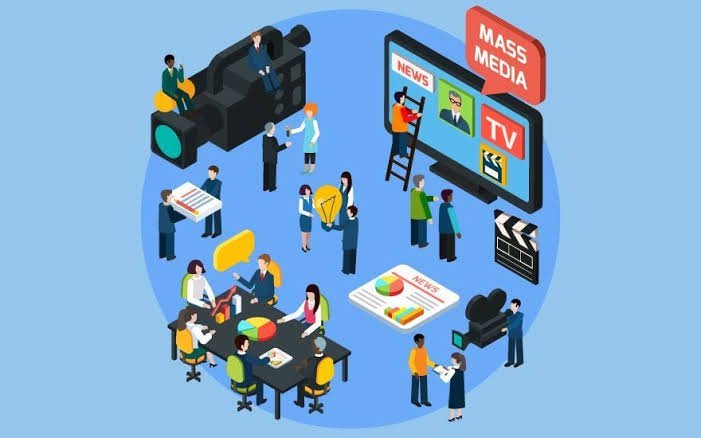Media channels are platforms or tools businesses utilize to deliver advertising messages to their targeted audiences, and finding an optimal combination is critical for reaching business goals. You will find many types of media channels.
Paid media refers to any form of paid advertisement, such as online ads or Facebook ads, where payment is necessary in order to reach an audience quickly and widely; however, consumers tend to place less trust in it compared to earned media.
Paid Media
Paid media refers to advertising efforts that brands purchase to broadcast their messaging on external platforms. This may take the form of paid search ads, pop-up ads, display advertising, social media ads or video ads; marketing analytics help track performance and inform future efforts for paid media advertising. Though paid media can be costly, it helps reach target audiences quickly and efficiently – particularly useful when used for retargeting purposes.
Paid media can also be utilized to drive traffic to owned channels like company websites. Furthermore, influencer marketing campaigns can help build brand recognition. The most successful marketers utilize paid, earned, and owned media in an integrated strategy to maximize reach with audiences while decreasing marketing costs over time.
Owned Media
Owned media refers to marketing channels under your business’s direct control, such as their own website, social media pages, email newsletters and blog articles. They form the cornerstone of any digital marketing strategy.
Owned channels can be combined with paid and earned media to drive traffic and meet marketing goals. For instance, a brand may post on its Facebook page (owned channel) asking its followers to share it for entry into a giveaway contest (paid media). You will also find ai marketing solutions.
One of the major advantages of own channels for businesses is having complete control of what content and tactics are put out there. Unfortunately, creating a branded platform that delivers value to users takes time and requires budget. Furthermore, measuring ROI from owned channels may be challenging – particularly on ecommerce websites. To help measure returns more accurately using marketing analytics can provide invaluable insight into which tactics and content work well and which don’t.
Earned Media
Earned media refers to any content and conversation about your brand that arises outside of owned and paid channels, from an Instagram mention or repost, to an unasked-for Yelp review. Successful marketing strategies focus on producing engaging, value-rich content that encourages users to share it with their own audiences – ultimately leading to increased earned media.
Earned media is one of the best ways to build awareness and trust for your product or service, thanks to word-of-mouth marketing techniques such as word of mouth. In particular, many consumers who distrust traditional advertisements are more receptive to reviews from third-party experts like tastemakers than to traditional advertisements. Not only can earned media raise brand recognition but it can also drive traffic back to your website/social channels by improving organic search rankings; additionally, it remains online indefinitely so your brand continues to gain exposure long after publication, prompting many brands using tools like social analytics platforms in order to monitor these mentions and measure their impact.
Converged Media
Media convergence refers to the intersection of media content, communication technologies and computer networks, which ultimately transforms established industries, services and work practices while creating new forms of media content or data driven content marketing.
Your smartphone is an example of media convergence: you can use it for photos, music and internet browsing – not something possible in previous times! Furthermore, this technology also helps people locate information simultaneously across many locations – something impossible before now.
Media convergence can save time and money for companies while building customer trust by providing relevant and useful information to customers.
Responding to this change requires teams working cohesively across paid, owned and earned media channels. Many interviewees advised CMOs to prioritize convergence by setting clear goals for each channel – as well as finding partners such as agencies or vendors who will collaborate closely on reaching these objectives.
